Specialty Vehicle Marketing In Today's Market

The way in which Classic and Specialty vehicles are bought and sold has changed dramatically in the last few years. On-line auction sites have exploded and become the new normal. Most of these sales are 'site unseen', meaning that the buyer relies entirely on the on-line presentation of the vehicle. For a buyer to send a large sum of money to somebody they don't know, for a car they haven't seen, often in another country, the presentation means everything.
The standards for photographs, video and documentation have risen dramatically. Buyers expect hundreds of high quality, well lit photographs and videos describing every square inch of the car including the undercarriage and wheel wells. Cold start and driving videos have taken the place of test drives. Paint meter reports tell an accurate story of paint and body work. Documentation needs to be organized, scanned and uploaded. During the auctions, the seller needs to be active and quick to respond to questions and clarifications. The better and more complete the presentation the fewer questions need to be answered, and the risk of negative comments decreases significantly.
What classic car buyers have realized is that this type of presentation gives a far more accurate indication of the condition of the vehicle than walking around the vehicle in a showroom or seeing it drive up on the stage at an auction. Platforms like Bring-A-Trailer - who sell about 100 cars every day - open the auction up to comments from the enthusiast community who quickly and ruthlessly vet the car. This gives the buyer the maximum confidence and results in the the highest sale prices. You won't find many bargains on Bring-A-Trailer, just about everything is fully priced.
Sellers have also found out that the costs of selling on-line are much lower. A dealer will generally need a 15%-20% margin to have a viable business. Physical auction companies normally have a 10% sellers fee (and a 10-12% buyer's fee). Bring a Trailer, and other on-line auction sites have a 5% fee, and we charge 5% + expenses for our services. For buyers and sellers on-line commissions are about half what they are with conventional dealers or physical auctions.
The Reconditioning Process
Cars generally don't look that pretty from underneath, and the caked-on oil and dirt obscure the true condition of the undercarriage. If there is a question of rust or damage, the vehicle won't sell for its potential. Cleaning the bottom of a car is not quick, easy or much fun, and there are not many places where you can pressure wash a car on a lift. Off the shelf detail products are not strong enough to tackle difficult jobs. The chemicals that strip brake dust off the back of wheels, and remove caked-on dirt/oil are nasty, not widely available and require careful handling.




We start putting the car on the lift and removing the wheels. The backs of the wheels are coated with a light acid which removes the brake dust (but not the paint). Residue from wheel weight stickers is removed. The car is then liberally coated with a potent degreaser and left to sit. It is then blasted with a high volume pressure blaster. This makes a terrific mess of the shop, but it results in a good starting point for the presentation of the vehicle.

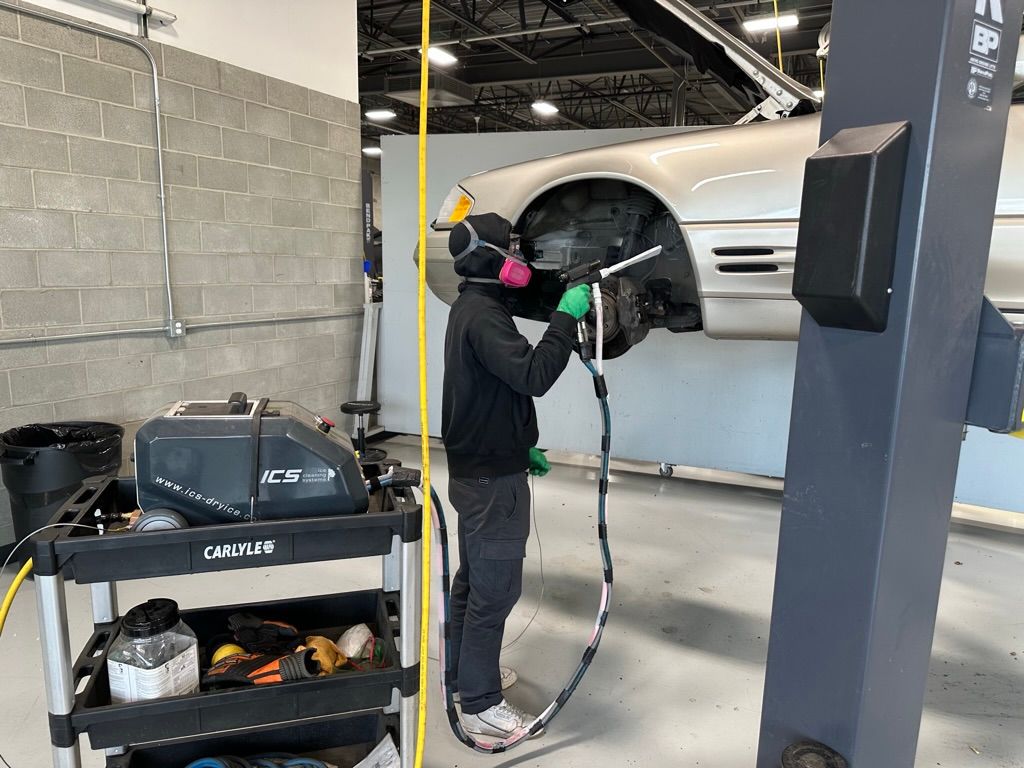


Cryo-blasting removes. years of accumulated dirt and reveals the true condition of the vehicle's frame and underbody panels - bottom left photo shows before and after being blasted with dry ice.
When it is dry we cryo-blast it (blasting with frozen C02) which can make plastic undertrays and suspension components look new. When we are done the bottom of the car looks extremely impressive - and more importantly shows any corrosion or damage or lack thereof.







Newer vehicles have plastic undertrays to smooth the airflow under the car. These often have missing fasteners or are cracked from over-tightening or road damage. They collect spilled fluids from servicing and then get caked with an oil/dirt residue. We take these panels off and clean, repair and replace them where necessary.



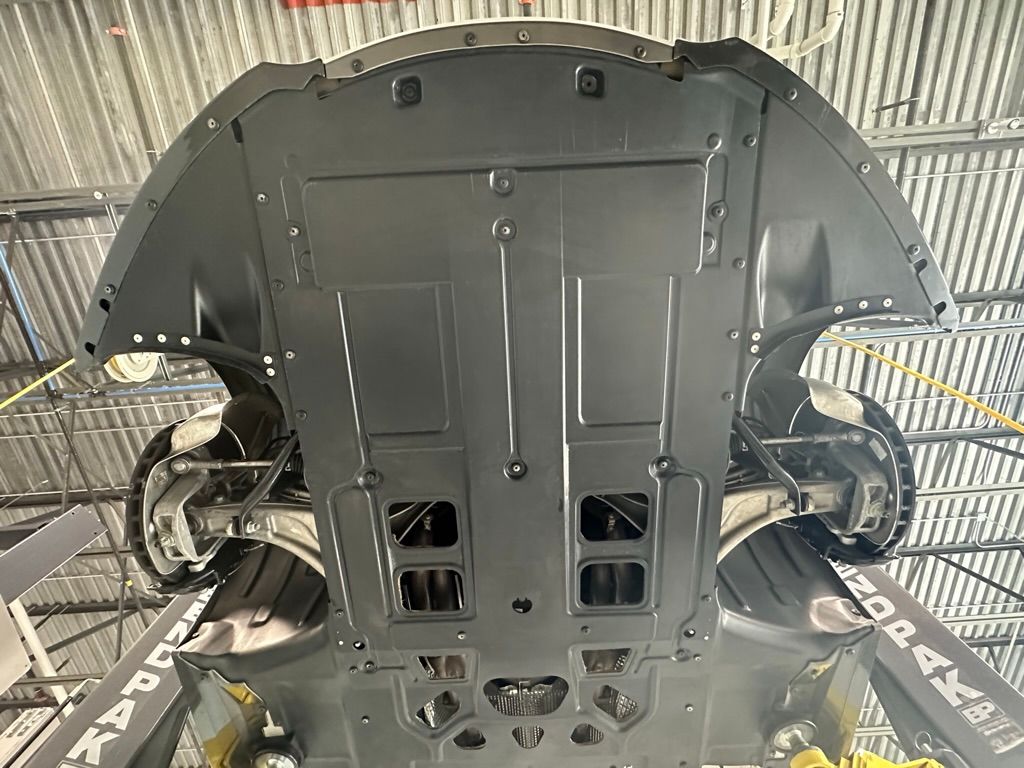
Next, the engine bay is similarly cryo-blasted.





Then the paint is addressed. The car is washed and while still soapy a clay bar is run over the surface. Various chemicals take off bug residue, tar and sap. An autobody supply shop supplies us with matching touch up paint for rock chips and scratches. Traces of rust can be carefully removed with an Xacto knife. Deeper wounds may require a build up of paint over several days. Rough paint needs to start with wet-sanding in grades from 1500 to 2500, which can then be polished out with multiple grades of polish.



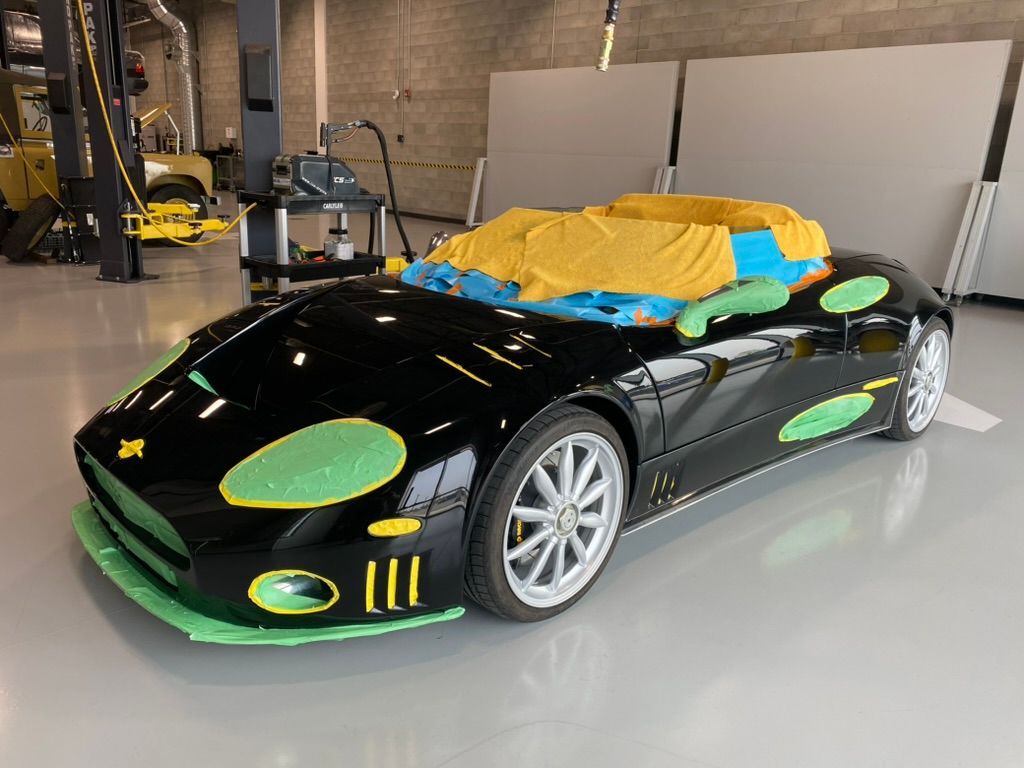


The interior is next. All surfaces are wiped down and a combination of pressurized air and detail work with a small brush gets the dirt out of all the hard to reach places. The carpets are shampooed, and the leather cleaned and moisturized. A fabric sealant is applied to soft tops and other interior materials.
Now the car is ready for photo and video. Somewhere between 200 and 35o detailed photos are taken, as well as a Youtube video that is between 30 minutes and one hour long. The video encompasses a narrated walk around of the interior, exterior, undercarriage as well as a cold start and driving portions. Paint meter readings for all exterior panels are presented, along with the date codes for the tires, and a review of all the service invoices. Footage of a cold start and a driving video showing all the temperatures and pressures of the engine, operation of the gearbox and clutch, and general drivability is now expected from serious buyers. Because of our seasonality some planning is required to test the car in nice weather.
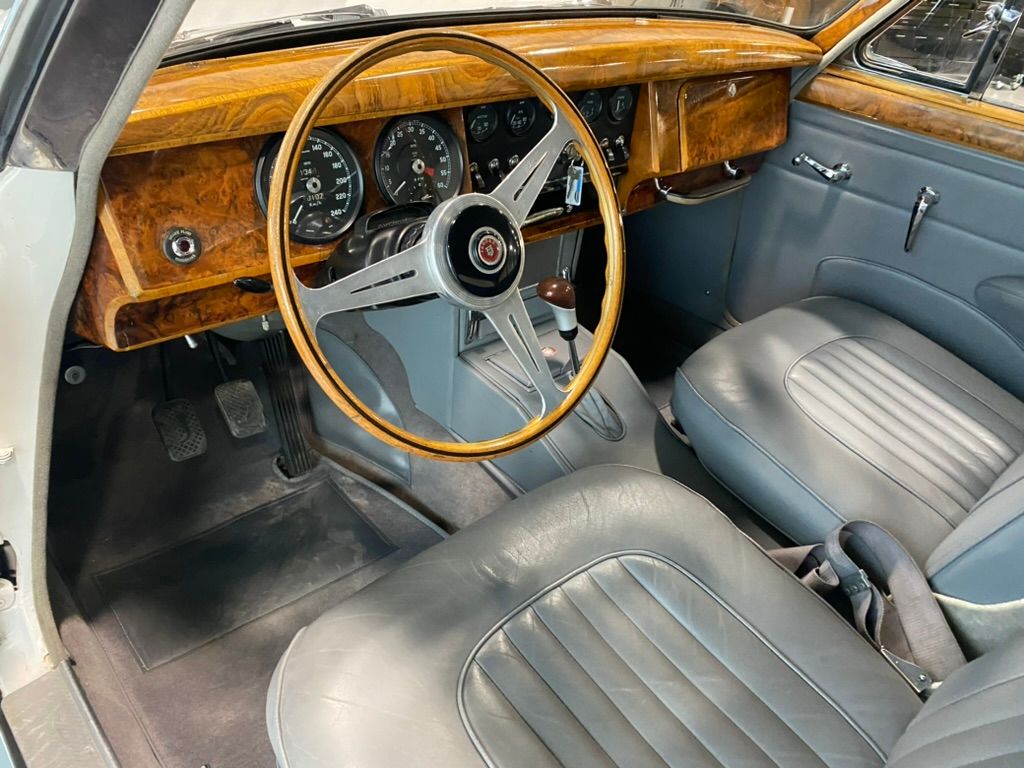







Now the cars are ready for sale! Though we are best known for our work with classic, luxury and specialty cars, we help owners with just about anything - the process is the same. Some more mainstream vehicles are marketed in Canada using Autotrader and Kijiji, while the more exotic machinery is marketed to a broader market on sites such as Bring-A-Trailer. Each platform has different advantages and disadvantages which we help the seller understand. The more comprehensive the presentation and documentation, the quicker and easier the sale process.
We do some of the best vehicle presentations on any auction platform anywhere on the internet. Generally when buyers review our presentation, there are few if any questions and nothing but favourable comments. We have seen buyers receive double what they were offered locally for their cars...
Normally we can prepare a vehicle for sale in about a week of solid work. It can then go back to the owner for storage until the vehicle sells. We charge $750 for the preparation (plus expenses which vary car to car), and take 5% (minimum $2,500 - maximum $20,000) of the sale price after the vehicle sells and the money is wired to the seller. We believe that this process that we have developed over the last few years will net the seller the maximum amount with the highest selling price realized, with the lowest costs.
Even if you are not selling your car, you may want to treat it to a 'Concours' level detail. Going through a car always reveals some areas that need attention and it is most often better to address these areas sooner rather than later - and to do it during the winter months when the work won't impact the driving season.
Lawrence Romanosky can be reached at 403-607-8625 or Lromanosky@me.com to market your vehicle.
Please share this post with anybody you know who may want to sell their specialty automobile!


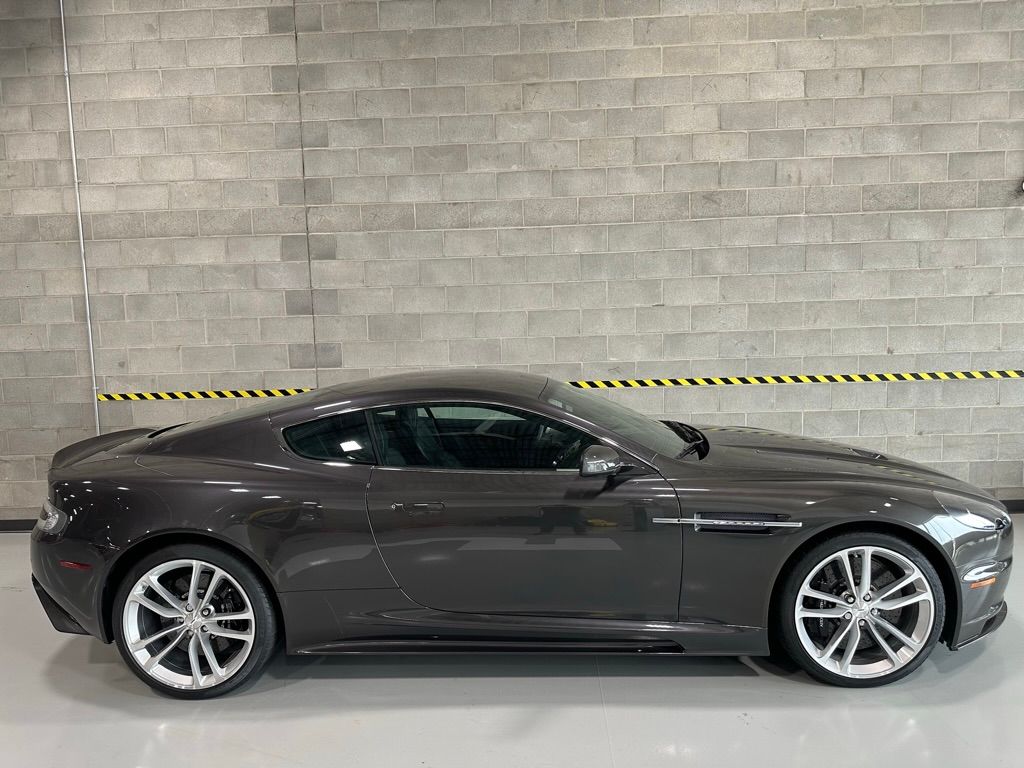






The types of vehicles we market can be very different, but the process is the same
